Standing in the sunset glow of Batuu… alone; gazing up at fireworks from a Main Street that’s… empty; a family perfectly sized to capture that Splash Mountain photo… with no pesky strangers in the log. Anyone who’s made the mistake of mentioning “Disney World” in earshot of a smart speaker or so much as Googled the possibility of a trip will quickly find their browser filled with these rosy images of a Disney Parks vacation. In the alternate reality Walt Disney World depicted there, there’s an unspoken guarantee: your family will find a Disney trip as effortlessly magical as all those ABC sitcom families in the ‘90s did.
Of course, anyone who’s actually been to Central Florida will tell you that those dreamy plans quickly evaporate upon arriving on Walt Disney World soil. There, reality checks you fast. Pathways surging with people; restaurant reservations sold out six months in advance; multi-hour queues in parks notoriously short on rides yet packed with E-Tickets; transportation, ticketing, theming, and infrastructure from the ‘70s, ‘80s, ‘90s, and 2000s butting up against one another in continuous conflict.
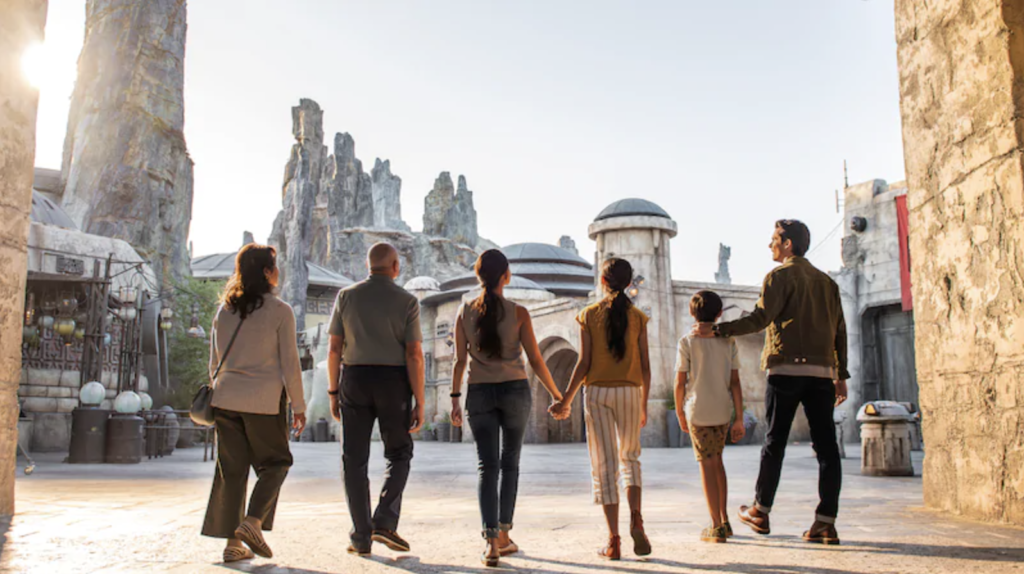
In the mid-2000s, record crowds (and record prices) were beginning to break the spell of “The Most Magical Place on Earth,” sullying Disney’s reputation for courtesy, efficiency, and show. MyMagic+ was the sleight of hand that would bring the magic back… An abstract-but-ambitious billion dollar undertaking, Disney World’s all-at-once modernization was meant to add ease and simplicity back into a visit; to make Disney World as frictionless as promised; to leave guests effortlessly traversing (and spending money) across Disney’s Central Florida campus. Did it work? Well…
From our lofty position in 2021 and with an increasingly cemented look at what the near, post-pandemic future might hold for Disney’s theme parks, we’re on the edge of a (Disney) World that’s forever changed. MyMagic+ promised personalization, pre-planning, and a fun without a phone. Those core tenets worked… until they didn’t… but to figure out how Disney’s latest attempt at futureproofing went wrong, we have to start in the beginning…
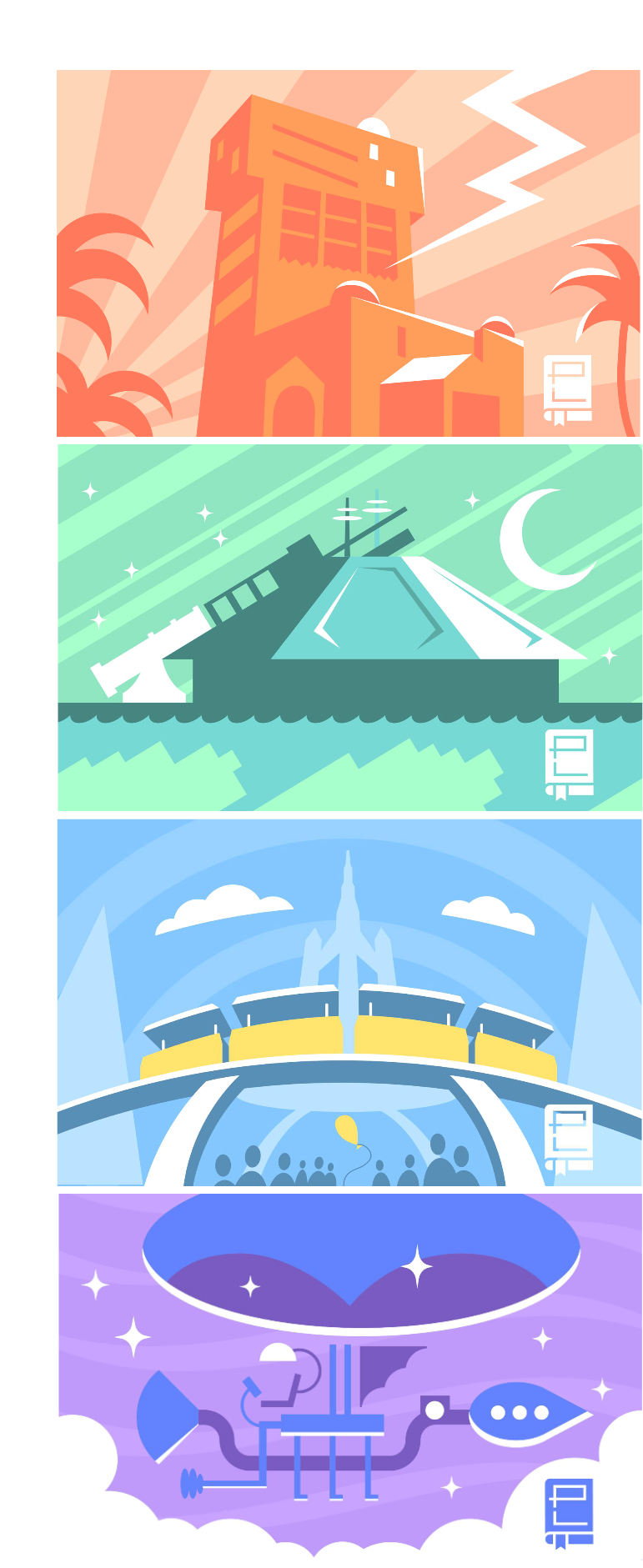
This in-depth article is just one entry in Park Lore’s one-of-a-kind Special Features collection, where we explore the threads that connect between rides, parks, and pop culture! From Imagineering’s secret Society of Explorers and Adventurers, to the history of Chuck E. Cheese; from Disney and Universal’s AVENGERS: “Custody War” to the two-part tale of animation’s rebirth in the generation-defining ’90s Disney Renaissance!
Special Features are typically available exclusively for those who support this evolving theme park history project with a monthly Membership. It’s been unlocked for a limited time, but if you enjoy what you read, consider becoming a Park Lore Member for as little as $2 / month!
The rise of waiting

The story of Disney’s billion dollar MyMagic+ initiative has a must-mention prologue two decades before its implementation: the 1990s. Thanks to the arrival of fresh new leadership in the mid-’80s, Disney made a serious pivot from the decades of stagnation that had followed Walt’s death. In an in-depth, two-part, Passholder-exclusive Special Feature, we dove into the “Once Upon a Time” behind the Disney Renaissance (beginning with 1989’s The Little Mermaid) when the Mouse House turned into a pop culture juggernaut, churning out the definitive stories of a generation for a full decade without one bust in the bunch.
Disney’s theme parks, then, found a different kind of reawakening. Under that new leadership, Disneyland and Disney World returned to an M.O. Walt himself had championed – containing the stories and characters that mattered to modern audiences – but did so with an added twist.
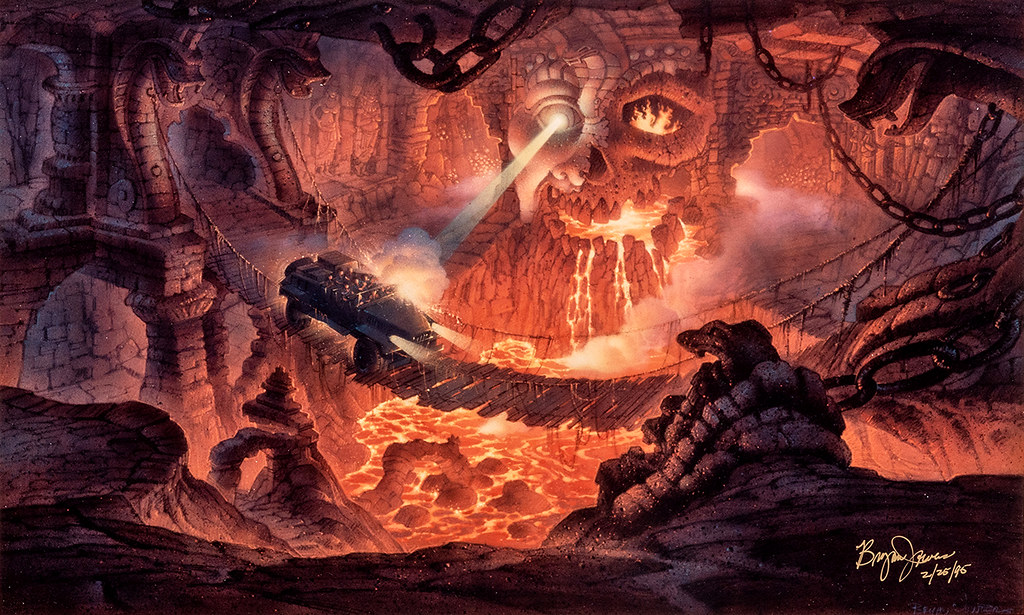
The subject of its own Special Feature, Michael Eisner’s “Ride the Movies” era invited not just thrill rides, but rides themed to movies outside of Disney’s catalogue. As our dedicated in-depth histories of each show, Captain EO, STAR TOURS, Indiana Jones Adventure, Alien Encounter, and The Twilight Zone Tower of Terror were massive, groundbreaking, astounding, and, of course, really, really popular.
So is it any surprise that the ‘90s were also the era where waiting became a hallmark of a Walt Disney World vacation? The cinematic E-Tickets Disney launched in the 1990s were built for an onslaught of tourism, often containing lengthy but detailed queue space meant to soak up crowds (and keep them entertained while they waited). Both demand for and capacity supply within Disney Parks grew in the era, but the latter came much more slowly.
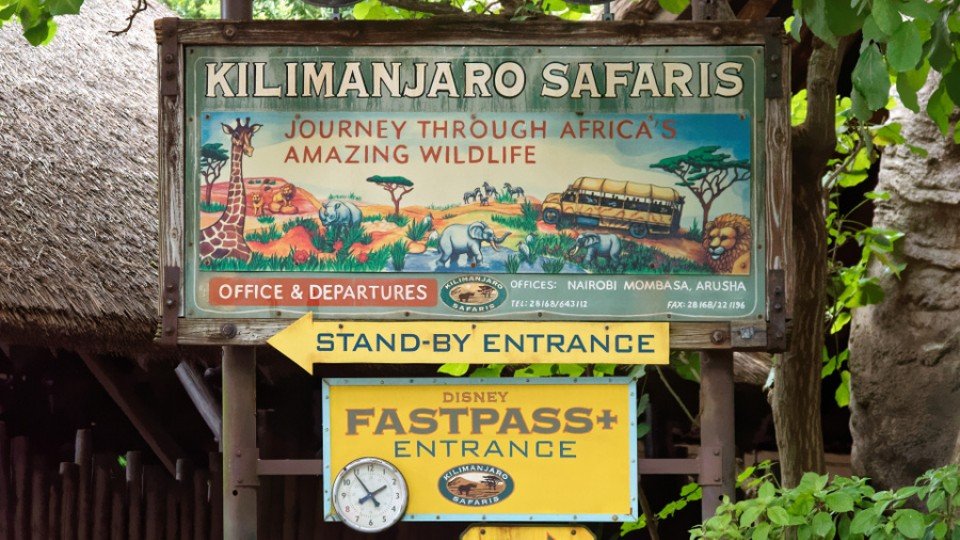
The “solution”? In 1999, Disney launched FastPass – a highly integrated and technological virtual queueing system. As a matter of fact, we dove into the complete story of FastPass (including how it was born, how it was broken, and how it could work again) in our Declassified Disasters: FastPass feature – a good prologue to today’s tale.
After all, FastPass quickly became a definitive feature of a Disney Parks visit. Suddenly, trips pivoted around FastPass runners seeking out paper return times, optimizing waits, and “gamifying” vacation, with in-the-know fans outwitting naive tourists. All the while, FastPass made “stand-by” wait times balloon and clogged the queues of mid-sized rides, turning walk-ons into wait-fors. Still demand increased…
Modern makeovers

The New Millennium was, in many ways, a crescendo for theme parks in the era (given that the September 11 attacks in 2001 would swiftly cool tourism soon after). Within a year of 2000, two U.S. theme parks would make the leap into multi-park resorts: Universal Studios Florida (joined by 1999’s Islands of Adventure to become Universal Orlando Resort) and Disneyland (adding 2001’s Declassified Disaster: Disney’s California Adventure to become the Disneyland Resort).
That’s important, because those two New Millennium expansions actually share a lot more in common than most fans tend to admit. Both were shaped by necessity and hemmed in to snug, compact layouts by existing roadways and development. As such, both also follow an almost-poetic pattern of entry…
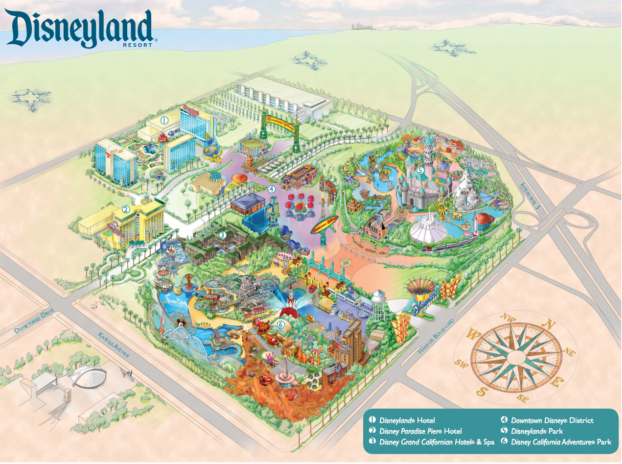
Both deposit arriving guests into massive, purpose-built parking garages; both funnel them into modern, master-planned shopping districts; both have guests ultimately stand between two theme parks and head toward whichever icon draws them first. Both are also cozy enough to be traversed entirely by pedestrians, with car-free interiors and charmingly interconnected transit systems flowing to purpose-built hotel districts.
That’s markedly different from Walt Disney World, isn’t it? For the sometimes-better and sometimes-worse, Disney World is cobbled together from many different design eras, architectural visions, strategic plans, and literal decades.
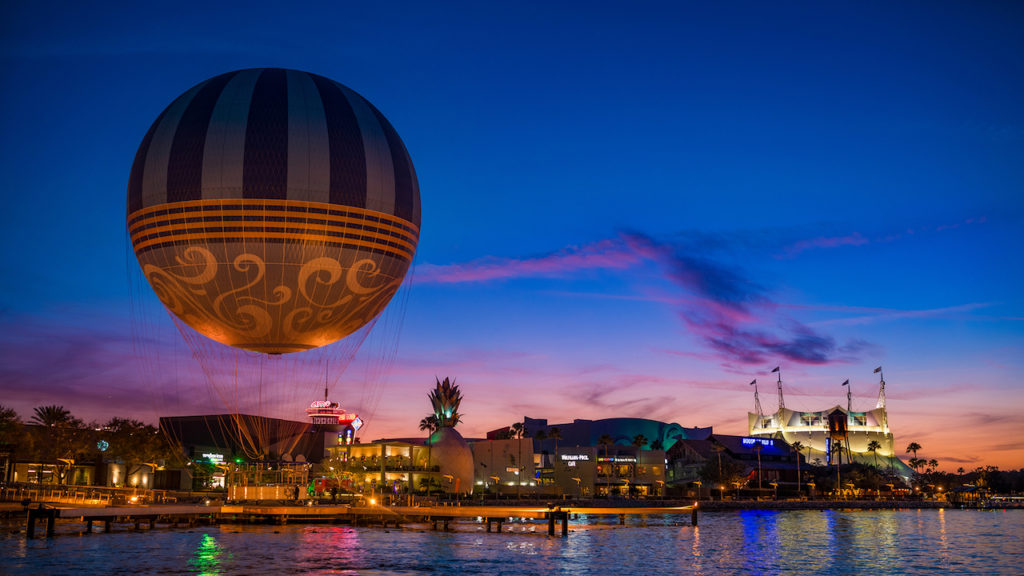
Take Disney World’s shopping district. When it opened in the 1970s, “Lake Buena Vista Shopping Village” was a quiet marketplace of mid-century bungalows and artisan shops. Its 1980s “Ride the Movies” expansion created the cinematic Pleasure Island and its iconic Lost Legend: The Adventurers Club. In the 1990s, the glowing, oversized, neon West Side added a zone defined by the Declassified Disaster: DisneyQuest. In the 2010s, the whole thing was rebranded as the classy outdoor fashion mall Disney Springs.
Each twist, turn, addition, subtraction, and reimagining creates, at Walt Disney World, a final product formed by continuously grafting new visions onto old; piecemeal expansions; partial reimaginings; layering.
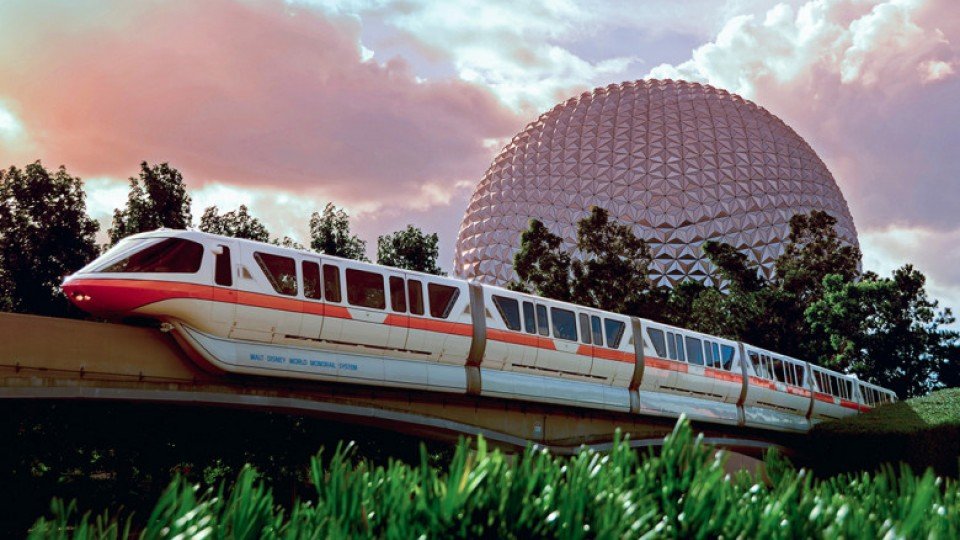
For that matter, take US-192 to World Drive and you’ll pass interchanges, hotels, and attractions whose development spans fifty years and nearly as many ideas for what Disney World should be.
From ESPN Wide World of Sports on the right and All-Star Movies Resort on the left; under a distinctly-90s welcome sign now cooled from its purple grandeur with 2020s irridescent color correction; past the spires of Galaxy’s Edge and the boxy beige showbuilding of Rock ‘n’ Roller Coaster; Michael Graves’ staggering Swan and Dolphin to their contemporary cousin, the Swan Reserve; offramps to the ‘80s grandeur of EPCOT and finally to the ‘70s blacktop parking lot of Magic Kingdom. Talk about a time warp.
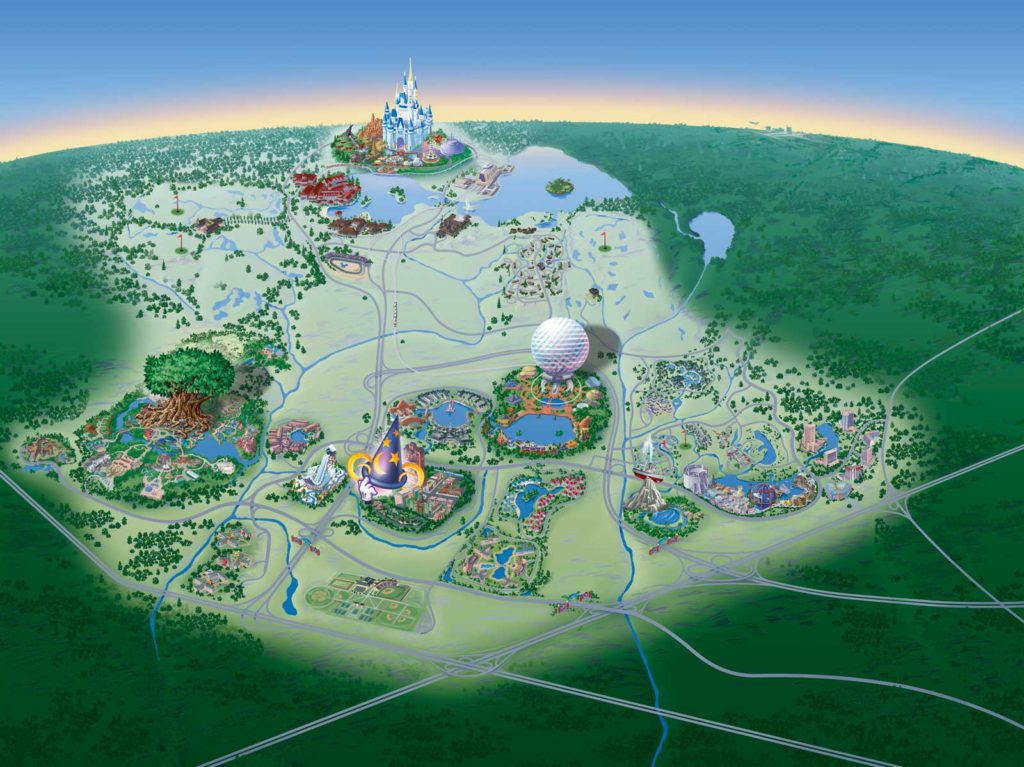
A lot of Disney World’s piecemeal evolution became apparent after the all-at-once modern makeovers of Universal Orlando and Disneyland Resort. In comparison, it’s easy to imagine that first-time guests today may wonder aloud: If Disney designers could rebuild Walt Disney World from scratch, might they place each park around the Seven Seas Lagoon? Establish a single, interconnected transportation system? A purpose-built hotel district? A shopping district that’s actually connected to the rest of the resort?
Look, Disney World does not feel harmonious, pedestrian-friendly, or master-planned… because, of course, it isn’t. In the five decades since its opening, its sprawling growth and evolution has seen it pass through many leaderships. It has been reimagined; grown; shrunk. It has been brave. It has been meek. There are parts of Disney World that will always betray their origin in the ‘70s; ‘80s; ‘90s; 2000s. It’s not a harmonious whole. And that’s okay! Disney World’s grandeur, growth, and history is part of its identity.
Friction
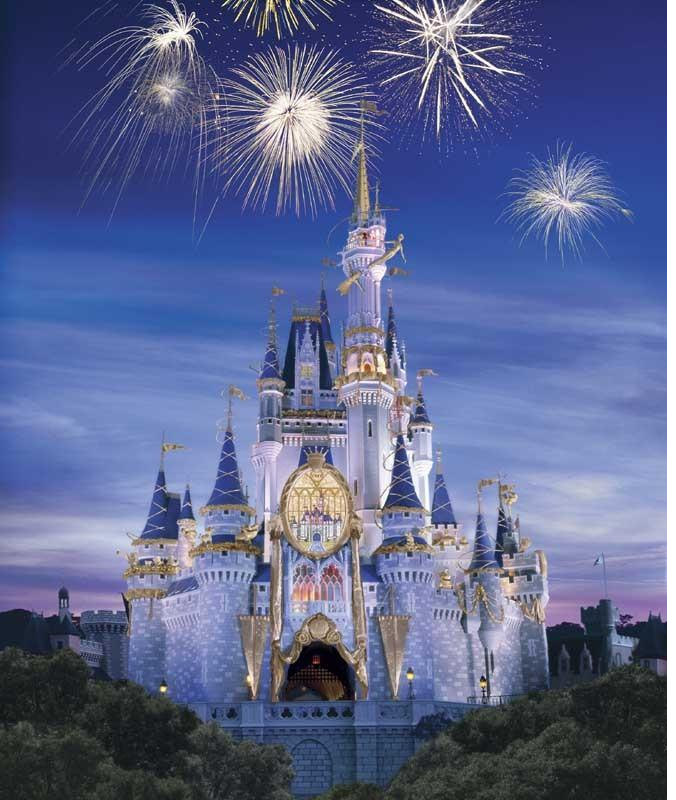
By 2005, the “Happiest Homecoming on Earth” promotion invited guests from around the world to return to Disney Resorts in the midst of their own turnaround. Despite the Homecoming technically celebrating Disneyland’s 50th Anniversary, it was Disney World that got the gifts – one from each resort (“Cinderellabration” from Tokyo, the Lost Legend: Soarin’ from Anaheim; “Lights, Motors, Action” from Paris, and the Modern Marvel: Expedition Everest as a gift to itself). The message: sure we went through our own late-’90s dark period, compounded by a tourism decline after 2001, but Disney World is ready for you again.
Arriving guests in the mid-2000s, though, surely recognized that Disney World was increasingly a place of friction. Disney’s internal polling discovered that some families split up entirely and criss-crossed the park more than 20 times in an attempt to reduce wait times. Queues from the ‘70s and ‘80s were overrun with guests seeking “stand-by” refuge while awaiting FastPass return times; park paths designed for audiences of those decades were suddenly brimming with 21st century crowds; infrastructure like restrooms and restaurants raced to expand for growing crowds. And frankly, the era of expensive E-Tickets to absorb them was well-and-truly over thanks to the languishing last years of Michael Eisner’s stay as CEO.
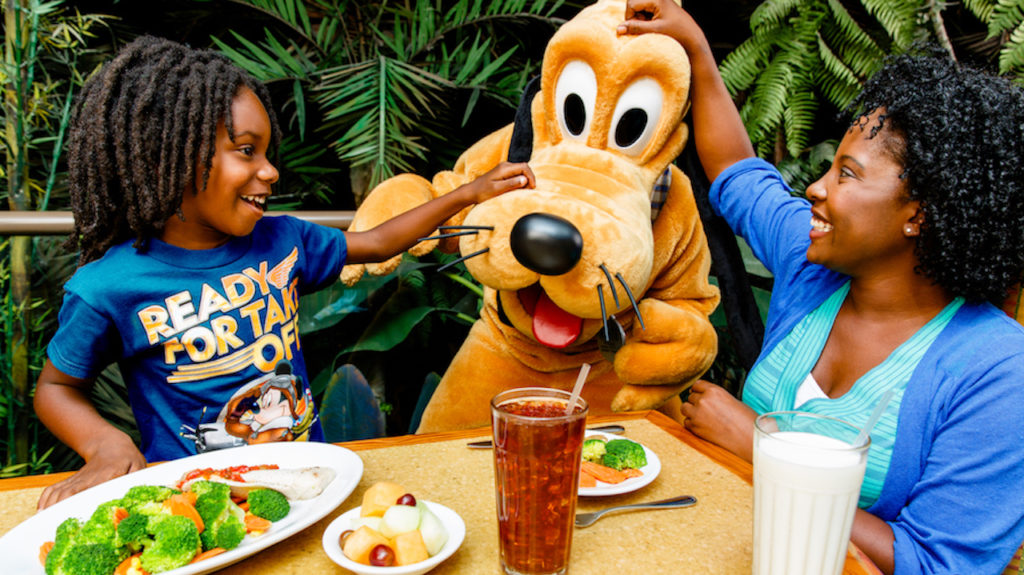
According to FastCompany’s Austin Car, Disney’s evaluation found that “certain key metrics, including guests’ ‘intent to return,’ were dropping; around half of first-time attendees signaled they likely would not come back because of long lines, high ticket costs, and other park pain points.” Disney Board Member Steve Jobs reportedly explained to assembled executives, “doing what you’ve been doing and believing that will remain the model for the next 20 years is not right.”
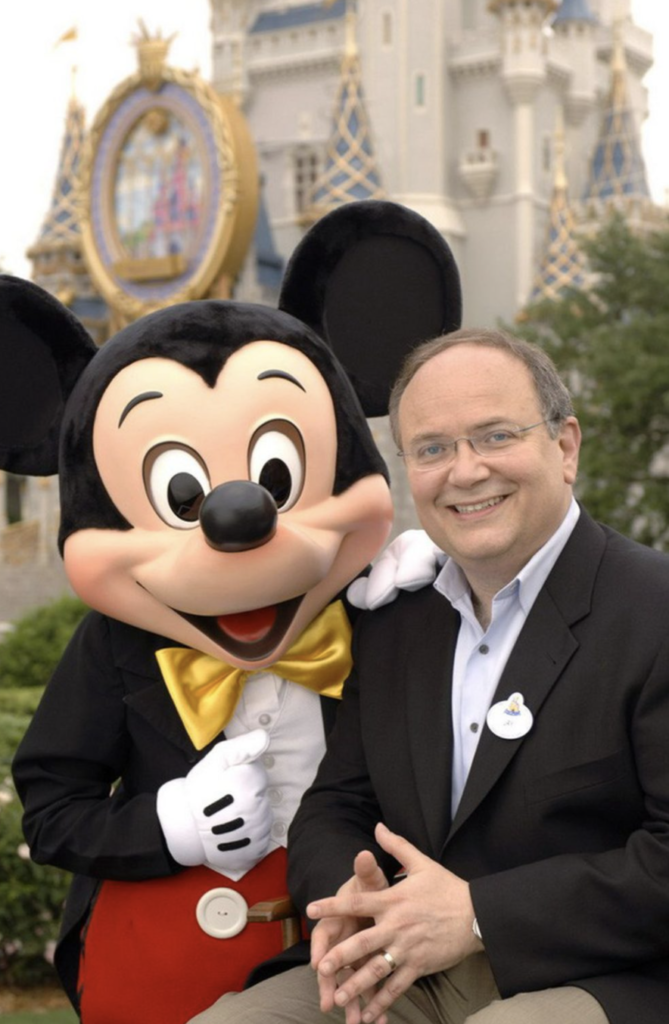
In spring 2008, Jay Rasulo (Chairman of Disney Parks & Resorts, right), Al Weiss (President of Operations at Walt Disney Parks & Resorts), and Meg Crofton (President of Walt Disney World) used a preliminary report on the resort’s guests to form an exploratory team:
- Andy Schwalb (Chief Technology Officer & Sr. Vice President at Disney)
- Eric Jacobson (Sr. Vice President of Creative Development at Walt Disney Imagineering)
- Kevin Rice (Creative Executive at Walt Disney Imagineering)
- Jim MacPhee (Sr. Vice President of Operations at Walt Disney World)
- John Padgett (Vice President of Business Development) John Padgett.
The “Fab Five” assembled in February 2008 with a simple goal: to get serious about modernizing Walt Disney World. Like Disneyland or Universal Orlando, it needed an all-at-once refresh; a revitalization; a master plan. Disney World was ready for its own reimagining – one of equal scale (and price) as Disneyland or Universal Orlando’s. However, this billion-dollar rebirth wouldn’t result in a new theme park. Instead, it would be behind-the-scenes…


